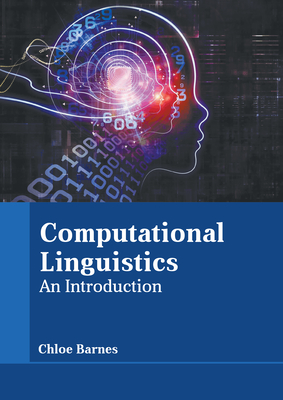基于评价理论的文本情感维度建模:语料库创建、标注可靠性与预测
IF 5.3
2区 计算机科学
Q2 COMPUTER SCIENCE, ARTIFICIAL INTELLIGENCE
引用次数: 15
摘要
情绪分析中最突出的任务是将情绪分配给文本,并理解情绪如何在语言中表现出来。自然语言处理的一个重要观察结果是,情绪可以通过单独提及事件来隐含地传达,从而吸引对事件的移情、主体间理解,即使没有明确提及情绪名称。在心理学中,一类被称为评价理论的情绪理论旨在解释事件和情绪之间的联系。评估可以被形式化为变量,衡量人们在他们认为相关的事件中的认知评估。它们包括评估事件是否新颖,个人是否认为自己有责任,是否符合自己的目标,等等。这种评价解释了哪些情绪是基于一个事件产生的,例如,一个新颖的情况可能会引起惊讶,或者一个后果不确定的情况可能引起恐惧。我们分析了评价理论在文本中用于情绪分析的适用性,目的是了解评价概念是否可以由注释者可靠地重构,是否可以由文本分类器预测,以及评价概念是否有助于识别情绪类别。为了实现这一点,我们编写了一个语料库,要求人们用文本描述引发特定情绪的事件,并披露他们的评价。然后,我们要求读者从文本中重建情感和评价。这种设置使我们能够衡量情绪和评价是否可以纯粹从文本中恢复,并为判断模型的性能指标提供了一个人类基线。我们将文本分类方法与人类注释器进行了比较,结果表明两者都可以可靠地检测出具有相似性能的情绪和评价。因此,评价构成了一种替代的计算情感分析范式,并通过联合模型进一步改进了文本中情感的分类。本文章由计算机程序翻译,如有差异,请以英文原文为准。
Dimensional Modeling of Emotions in Text with Appraisal Theories: Corpus Creation, Annotation Reliability, and Prediction
The most prominent tasks in emotion analysis are to assign emotions to texts and to understand how emotions manifest in language. An important observation for natural language processing is that emotions can be communicated implicitly by referring to events alone, appealing to an empathetic, intersubjective understanding of events, even without explicitly mentioning an emotion name. In psychology, the class of emotion theories known as appraisal theories aims at explaining the link between events and emotions. Appraisals can be formalized as variables that measure a cognitive evaluation by people living through an event that they consider relevant. They include the assessment if an event is novel, if the person considers themselves to be responsible, if it is in line with their own goals, and so forth. Such appraisals explain which emotions are developed based on an event, for example, that a novel situation can induce surprise or one with uncertain consequences could evoke fear. We analyze the suitability of appraisal theories for emotion analysis in text with the goal of understanding if appraisal concepts can reliably be reconstructed by annotators, if they can be predicted by text classifiers, and if appraisal concepts help to identify emotion categories. To achieve that, we compile a corpus by asking people to textually describe events that triggered particular emotions and to disclose their appraisals. Then, we ask readers to reconstruct emotions and appraisals from the text. This set-up allows us to measure if emotions and appraisals can be recovered purely from text and provides a human baseline to judge a model’s performance measures. Our comparison of text classification methods to human annotators shows that both can reliably detect emotions and appraisals with similar performance. Therefore, appraisals constitute an alternative computational emotion analysis paradigm and further improve the categorization of emotions in text with joint models.
求助全文
通过发布文献求助,成功后即可免费获取论文全文。
去求助
来源期刊

Computational Linguistics
工程技术-计算机:跨学科应用
CiteScore
15.80
自引率
0.00%
发文量
45
审稿时长
>12 weeks
期刊介绍:
Computational Linguistics, the longest-running publication dedicated solely to the computational and mathematical aspects of language and the design of natural language processing systems, provides university and industry linguists, computational linguists, AI and machine learning researchers, cognitive scientists, speech specialists, and philosophers with the latest insights into the computational aspects of language research.
 求助内容:
求助内容: 应助结果提醒方式:
应助结果提醒方式:


